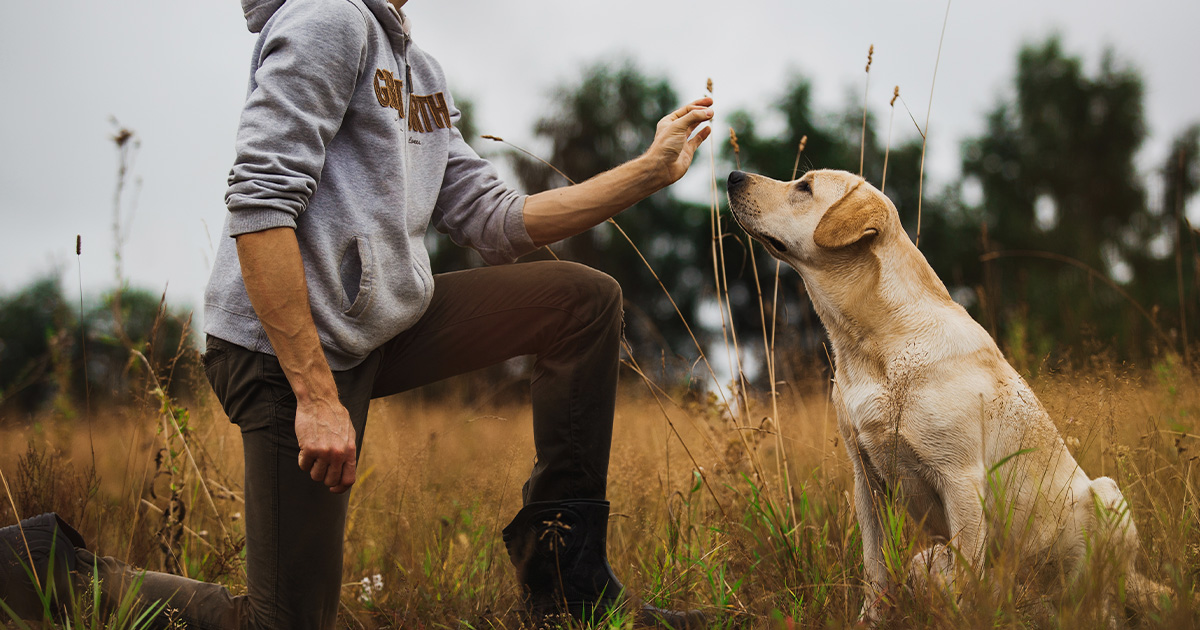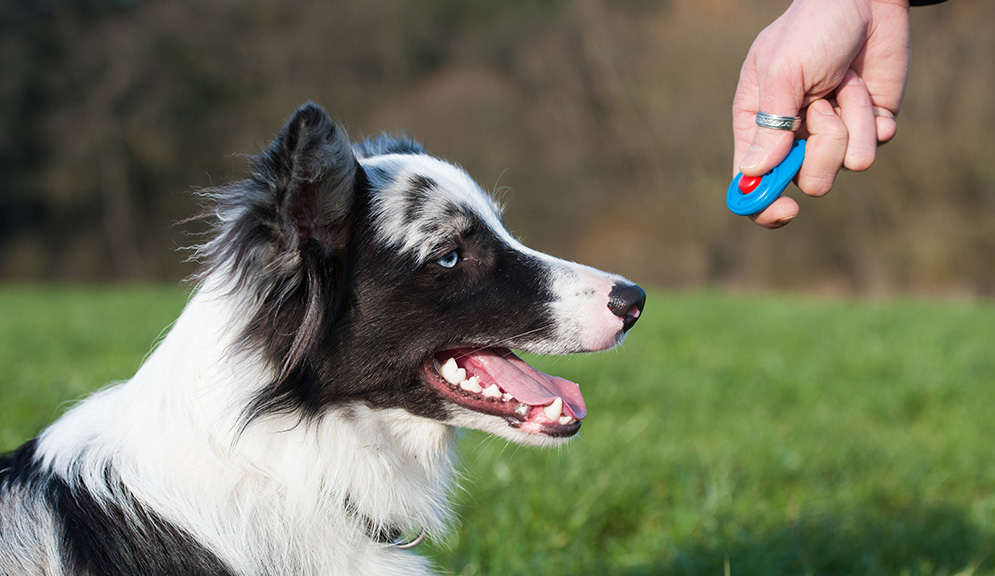Why Consistency is Key in Dog Training for Long-Term Success
Novice's Overview to Successful Pet Dog Training in your home
Efficiently training a pet at home needs a nuanced understanding of canine actions and reliable communication approaches. Establishing clear training objectives, making use of top quality incentives, and maintaining uniformity across household members are important elements. Integrating training right into day-to-day regimens can enhance both involvement and retention.
Comprehending Pet Behavior
Recognizing pet dog actions is important for efficient training and promoting a harmonious partnership between human beings and their canine companions. Canines connect primarily via body movement, vocalizations, and faces, making it critical for owners to interpret these signals properly. Identifying habits such as tail wagging, growling, or cowering can give insights into a pet's mood and intentions.

Common behavioral problems, such as aggressiveness, stress and anxiety, or too much barking, frequently come from misconceptions or unmet needs. Observing and attending to these concerns promptly can avoid acceleration and make sure a favorable training experience. By fostering a deep understanding of pet actions, proprietors can tailor their training methods to fit their canine companions, inevitably causing a mannerly and happy pet.
Important Training Devices
A well-equipped training space can substantially enhance the effectiveness of canine training at home. Vital training tools guarantee that both the fitness instructor and the pet dog can participate in productive sessions that foster understanding and bonding.

Investing in a strong leash and a comfy, well-fitting collar or harness is important for security and control. These tools aid establish borders and make sure the dog continues to be protected throughout training. Furthermore, an assigned training location, complimentary from interruptions, help concentration for both the pet and the fitness instructor.
Educating aids such as training pads, cones, or dexterity equipment can likewise boost the experience by introducing range and challenges. Having a notebook or digital application for tracking progress can be vital, allowing you to note successes and areas for renovation. Utilizing these crucial tools will develop a positive training atmosphere and lay the structure for reliable learning.
Producing an Educating Regimen
Developing a consistent training routine is vital for reliable pet training at home. A well-structured routine not only helps in strengthening preferred habits but also offers your pet dog with a feeling of safety and security and predictability. To produce an efficient training regular, start by recognizing details training objectives, such as standard commands, chain strolling, or housebreaking.
Choose a designated time each day for training sessions, preferably when your canine is receptive and alert. Sessions should be short, approximately 5 to 15 minutes, to keep emphasis and prevent fatigue. Uniformity in timing and setting will certainly improve your canine's knowing experience.
Incorporate training into daily tasks to enhance abilities. Method commands during strolls or nourishment, which integrates learning right into all-natural routines. Additionally, continue to be adaptable and change the routine as essential, suiting your canine's energy degrees and mood.
Positive Support Methods
Favorable reinforcement methods are essential to reliable pet training, advertising wanted habits through incentives as opposed to penalty. This technique utilizes favorable stimuli, such as deals with, appreciation, or playtime, to encourage pets to duplicate specific activities. The keystone of this technique is timing; benefits ought to be provided promptly adhering to the desired habits to produce a clear association.
When implementing positive support, it is necessary to select benefits that are motivating for your dog. High-value deals with, such as little items of chicken or cheese, can be specifically efficient during training sessions. In addition, differing the rewards can maintain your pet dog's rate of interest and enthusiasm.
Beginning with basic commands, like "sit" or "stay," and gradually development to more complicated jobs. Consistency is crucial; guarantee that all relative use the very same commands and benefit systems to avoid complication.
Furthermore, it is essential to remain individual and avoid irritation. Dogs, like humans, find out at their own speed. By fostering an encouraging training environment through positive support, you can boost your dog's discovering experience while reinforcing the bond between you and your furry friend, laying the groundwork for effective training outcomes.
Common Training Difficulties
While educating a dog in your home can be a fulfilling experience, it often features a collection of usual challenges that can test both patience and uniformity. One widespread concern is interruption. Dogs may come to be quickly sidetracked by noises, motions, or even fragrances in their setting, making it hard to keep their focus during training sessions.
An additional difficulty is variance in commands and support. It can perplex the pet dog and prevent progression if household members utilize various cues or benefits. Developing a unified strategy is vital for reliable communication.
In addition, pet dogs can experience frustration or stress and anxiety, particularly if they do not recognize what is expected of go now them. This can result in unfavorable actions, such as chewing or barking.
Finally, the timing of support is critical (Dog training). Postponed benefits can diminish the performance of favorable reinforcement, as dogs might fall short to link the habits with the reward
Getting over these challenges needs commitment, clear communication, and an organized training plan. Recognizing and resolving these typical obstacles will certainly lead the way for an extra successful and satisfying training experience in your home.
Conclusion
Finally, successful pet training in your home demands directory an extensive understanding of canine behavior and effective interaction approaches. By establishing clear training objectives and using high-quality treats along with positive reinforcement, the training procedure becomes much more rewarding for both the trainer and the canine. Versatility, patience, and uniformity are vital elements that facilitate knowing. Inevitably, incorporating training right into day-to-day routines enhances the bond between canine and owner, making the experience both efficient and satisfying.
Developing a consistent training routine is essential for effective canine training at home.Positive support strategies are basic to reliable pet official site dog training, promoting desired actions via benefits rather than punishment (Dog training). By fostering an encouraging training setting via favorable support, you can boost your pet dog's knowing experience while strengthening the bond between you and your furry friend, laying the foundation for effective training results
In conclusion, effective canine training at home necessitates a comprehensive understanding of canine habits and reliable communication strategies. By establishing clear training objectives and making use of high-grade treats together with favorable reinforcement, the training procedure becomes more fulfilling for both the instructor and the canine.